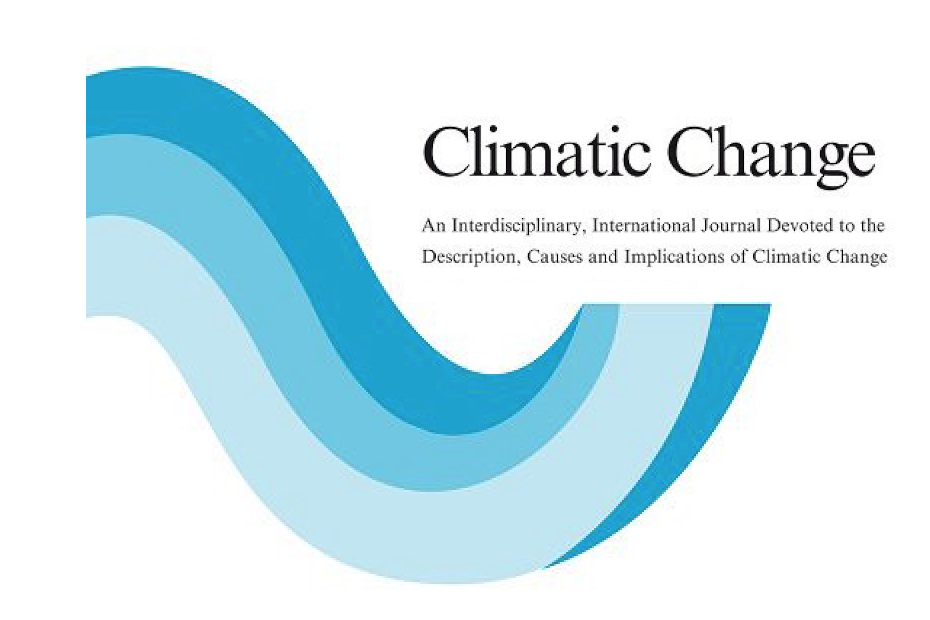
The large natural carbon fluxes between atmosphere and terrestrial biosphere in combination with our substantial control over terrestrial biotic productivity (Vitousek et al., 1986) grants us a powerful lever for manipulating atmospheric CO₂. Proposals to use this leverage to offset CO₂ emitted from fossil fuels are roughly as old as modern knowledge of the CO₂-climate problem (NAS, 1977). More recently, modern biomass energy, which was first advanced as a solution to supposed shortages of fossil fuels, has emerged into the climate policy debate as an (almost) CO₂-neutral substitute for fossil fuels. The use of terrestrial biotic productivity – either as a substitute for fossil fuels or as a carbon sink to offset their CO₂-emissions – is one of the few technical options that promises to slow rising atmospheric CO₂ concentrations at moderate cost. But that promise comes with substantial uncertainties with respect to cost, effectiveness, and environmental impact. These uncertainties have been well cataloged elsewhere (e.g. Smil, 1983; Giampietro, 1997); here, I focus on the problems that emerge from the lack of an integrated understanding of the manifold ways in which our leverage over the terrestrial carbon cycle may be exercised to mitigate the growth of atmospheric CO₂. Integrated analysis is needed to account for the strong linkages between the use of sinks and the use of biomass energy, linkages that are inadequately addressed in most estimates of the cost of CO₂ mitigation, and in most integrated assessment models. Biomass energy and sinks are not, however, the only relevant ways to manipulate the carbon cycle. There are two other possibilities: the engineered remote sequestration of biomass and the use of biomass energy with capture and sequestration of CO₂. I first describe these four distinct methods for using biomass, and then summarize the economics of biomass as a means to CO₂ mitigation, providing comparisons with other estimates of the cost of mitigation. I next describe the basis and need for integrated analysis of biomass using two examples, one centered on spatially resolved economic modeling and a second drawn from engineering analysis of lifecycle costs and impacts. Finally, I sketch the challenges of integration and close with a cautionary note about the limitations of biomass for CO₂ mitigation.
A radical solution to address climate change, with David Keith
The Economist: David Keith on why carbon removal won’t save big oil but may help the climate
Crooked: There Goes the Sun?